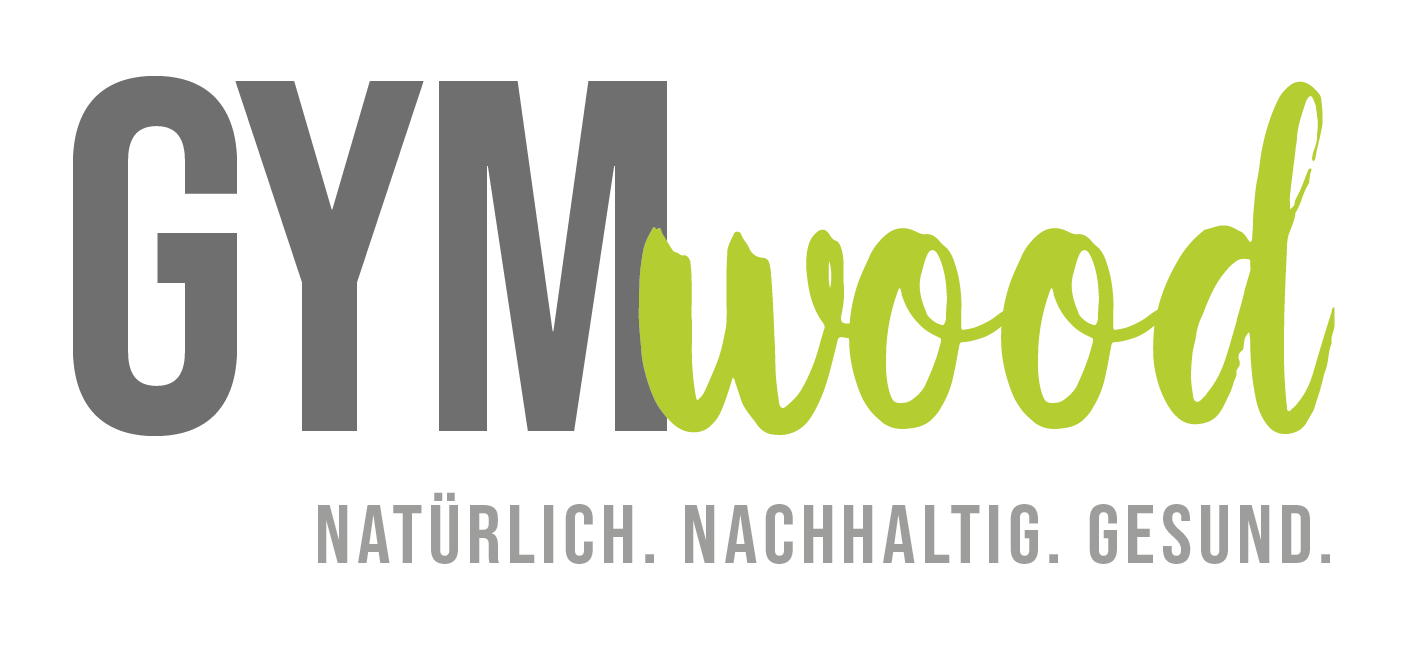
GYM-e-wall
The integration of a 13.3-inch touchscreen monitor and the first electric mobility module in a wall will take your training experience to the next level and digitize your studio. The GYM-e-Wall is open to any software on the market.
The GYM-e-Wall is ideal for the holistic health area in your studio. In addition, the GYM-e-Wall can be individually adapted to any room. It can also be free-standing if desired. As it does not need to be mounted on a wall, it can also be used as a room divider.
The seven mobility modules and the fascia station only take up approx. 3m², making the GYM-e-Wall suitable for physiotherapy practices, therapy rooms as well as small studios, personal training and yoga or Pilates studios.
Quick and effective training is made possible by displaying the exercises on the screen. Light and vibration signals indicate the optimum training and break times, making training comfortable and safe.
The mobile e-Wall is designed so that all exercises can be performed with or without shoes.
Save time and personnel by saving personal settings and training successes. e-Wall takes over the saved data and adjusts the individual modules to the appropriate dimensions.
Here's how
HALS
-
Sternocleidomastoid muscles
Suboccipital muscles
Levator scapulae
Trapezius
Scaleni muscles -
LWS
-
Ventral and dorsal muscle chain
-
Move the pelvis to the side and keep tension in the neck muscles.
Hip
-
Psoas Major
Quadriceps Femoris
Rectus Abdominis
Diaphragm -
Knee | Hip | Spine
-
Ventral muscle chain
-
Lean upper body as far back as possible and keep tension in the front chain.
Chest
-
Pectoralis Major & Minor
Psoas Major
Rectus Abdominis
Latissimus Dorsi
Diaphragm -
BWS I neck problems
-
Ventral muscle chain
-
Bring extended arms as far as possible behind the pad by extending the thoracic spine and maintain muscle tension in the anterior chain.
Wade
-
Gastrocnemius
Soleus
Ischiocrural musculature
Musculature of the foot -
Knee I lumbar spine I thoracic spine
-
Dorsal muscle chain
-
Pull heels down as far as possible and hold the tension.
Side tilt
-
Latissimus Dorsi
Obliquus Internus Abdominis
Obliquus Externus Abdominis
Quadratus Lumborum -
Neck | Spine
-
Lateral muscle chain
-
Bring extended arms as far as possible behind the pad by extending the thoracic spine and maintain muscle tension in the anterior chain.
Glutaeus
-
External rotators of the hipExternal gluteal muscles
and piriformis -
Sciatica
-
Dorsal muscle chain
-
Slide the sled backward with the knee bent, lowering the hip lower than the resting knee. Tension on gluteal muscles must be clearly noticeable. Angle of the resting leg as close to 90C° as possible at the knee.




